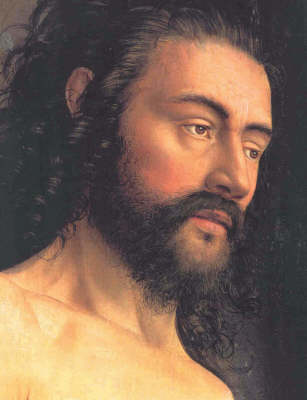Up until now art history has fostered the notion that the nude as a genre is an Italian discovery. For a long time in the North the nude was supposed to have been only warranted within a religious context to demonstrate shame and guilt. The absence of any artistic awareness of ideal beauty in the nude was supposedly evident from the depiction of skinny limbs, flabby bellies and body hair. However, this study of the two most famous nudes in Dutch art, the figures of Adam and Eve of the Ghent altarpiece, tells a different story.Until the eighteenth century these figures were highly esteemed for their artistic quality and inspired a separate Dutch tradition from Jan Gossaert to Rubens. Regarding painting technique, Adam and Eve are ingenious creations as Jan van Eyck painted human skin for the first time with the new medium of oil paint. The artistic power of the figures also offers an explanation for what was up until now their mysterious position within the Ghent Altarpiece. Here the life-size and lifelike depictions of the first people embody not - in the first instance - shame and guilt - but the hope of the founders for forgiveness and resurrection.
- ISBN10 9040083789
- ISBN13 9789040083785
- Publish Date 31 December 2012
- Publish Status Cancelled
- Out of Print 11 August 2010
- Publish Country NL
- Imprint Waanders BV, Uitgeverij
- Format Hardcover
- Pages 288
- Language English
